
Do Cyclists Have to Wear a Helmet?
Cycling is a fun and healthy way to get around, but many riders ask: do cyclists have to wear a helmet? While helmets aren’t mandatory, they are highly recommended for protecting your head and reducing the risk of injuries. In this guide, we’ll cover helmet benefits for traditional bikes and e-bikes, tips for children, how to choose the right helmet, and other ways to stay safe on the road.
Are Helmets Mandatory for Cyclists in the UK?
Cyclists do not have to wear a helmet, but it is strongly recommended for safety. Helmets can protect the head during falls or collisions and reduce the risk of serious injuries by up to 88%. Choosing a well-fitting helmet ensures maximum protection on every ride.
Helmet use is especially important for children, beginner cyclists, and e-bike riders, who may be more prone to accidents. Modern helmets often include features like MIPS technology and reflective elements, improving safety and visibility. Proper adjustment of straps and secure fastening keeps the helmet in place during unexpected bumps.
Beyond physical protection, helmets also provide confidence on the road, allowing cyclists to focus on riding safely. Combined with safe cycling practices and awareness of traffic, wearing a helmet makes every ride more secure and enjoyable.
Why Some People Recommend Wearing a Helmet
Many cyclists choose to wear a helmet because it offers multiple safety and practical benefits:
-
Reduces Risk of Head Injuries: Helmets can lower the severity of head trauma and reduce the risk of serious injuries by up to 88% in the event of a fall or collision.
-
Increases Visibility: Modern helmets often feature reflective elements or built-in lights, helping cyclists stay visible to drivers, especially in low-light conditions or busy urban areas.
-
Protects Against Minor Impacts: Helmets provide protection from smaller accidents, such as hitting branches, debris, or minor slips, which can still cause bumps or cuts.
-
Boosts Rider Confidence: Wearing a helmet gives cyclists peace of mind, allowing them to focus on riding safely and enjoying their journey.
Choosing the right helmet, ensuring a proper fit, and using features like MIPS technology can further enhance protection and overall safety for riders of all ages.
Helmet Use for Children
Wearing a kids bike helmet is highly recommended to keep young cyclists safe, as children are more vulnerable to falls and minor accidents. A properly chosen helmet helps protect their head while giving them confidence to enjoy cycling.
-
Proper Fit is Essential: A child’s helmet should sit level on the head, covering the forehead, with straps forming a secure “V” around the ears. A well-fitted helmet stays in place during unexpected bumps or slips.
-
Meet Safety Standards: Always choose a kids bike helmet that complies with BS EN 1078, the European safety standard for cycling helmets. Certified helmets provide reliable protection in various impact situations.
-
Parental Guidance: Parents should help children select helmets that are lightweight, comfortable, and suitable for their cycling activity. Encouraging regular use builds lifelong safe cycling habits.
Helmets for E-bikes
Wearing a cycling helmet is highly recommended for e-bike riders, especially when riding at higher speeds or on busy roads. Helmets help reduce the risk of head injuries and provide extra protection during unexpected slips or collisions, making every ride safer and more confident.
-
E-bike Helmet Safety: Modern e-bike helmets often feature advanced technologies such as MIPS, reflective elements, and improved ventilation for comfort and protection. These features enhance both safety and visibility while riding.
-
Rider Benefits: Even short trips on an e-bike can involve unexpected hazards like uneven surfaces or sudden stops. Wearing a helmet ensures that riders have an extra layer of protection against minor accidents and impacts.
By pairing a well-fitted e-bike helmet with careful riding and awareness of surroundings, cyclists can enjoy a safer and more secure e-bike experience.
How to Choose and Fit a Helmet Correctly
Certified Helmets for Maximum Safety
Using a certified helmet is essential for safe cycling. Helmets that meet safety standards provide reliable protection and reduce the risk of head injuries during falls or collisions. Choosing a helmet certified to BS EN 1078 or with MIPS technology ensures high-quality protection for every ride.
Ensuring Proper Fit
A helmet must sit level on the head, covering the forehead, with straps forming a secure “V” around the ears. Proper fit keeps the helmet in place, maximizes safety, and improves comfort during long rides. Adjustable helmets allow riders to achieve a snug and secure fit for different head sizes.
Replacement Guidelines
Helmets should be replaced every 3–5 years or after a significant impact. Over time, helmet materials can degrade, reducing protection. Regularly inspecting your helmet ensures it continues to provide reliable safety and protection.
Features to Consider in a Cycling Helmet
When choosing a helmet, look for features that improve safety, comfort, and convenience. Features such as adjustable sizing, built-in lights or reflectors, and comfortable straps enhance both protection and riding experience. A helmet with these features makes cycling safer, more enjoyable, and boosts overall confidence on the road.
Safety Beyond Helmets
While helmets provide important protection, overall cycling safety also depends on infrastructure and riding habits. Protected cycle lanes, smooth surfaces, proper signage, and good visibility reduce the risk of accidents. Practicing defensive riding—staying visible, signaling clearly, and anticipating hazards—further improves safety. Combining a well-fitted helmet with safe riding practices ensures a more secure and confident cycling experience.
Explore isinwheel E-Bikes for Safer and Smarter Cycling
isinwheel e-bikes offer a perfect balance of performance, comfort, and reliability for urban commuters and cycling enthusiasts. With long battery ranges, powerful motors, and efficient braking systems, these e-bikes make every ride smooth, safe, and enjoyable.
|
Images |
 |
 |
 |
 |
 |
 |
|
Models |
||||||
|
Top Speed |
20 MPH |
20 MPH |
18.6 MPH |
21.7 MPH |
19 MPH |
20 MPH |
|
Peak Power |
500W |
500W |
500W |
500W |
500W |
750W |
|
Battery |
36V 7.8Ah |
36V 13Ah |
36V 7.8Ah |
36V 10.4Ah |
36V 10.4Ah |
36V 10.4Ah |
|
Max Range |
28 miles |
65 miles |
35 miles |
60 miles |
55 miles |
55 miles |
|
Speed (before unlock) |
10/15/25 km/h |
6/10/15/20/25 km/h |
10/15/25 km/h |
6/10/15/20/25 km/h |
6/10/15/25 km/h |
6/10/15/20/25 km/h |
|
Speed (after unlock) |
15/25/32 km/h |
10/15/20/25/32 km/h |
15/25/30 km/h |
6/10/15/20/35 km/h |
15/25/30 km/h |
10/15/20/25/32 km/h |
|
Brake System |
front and rear disc brakes |
mechanical brake |
disc brakes |
mechanical disc brakes |
dual disc brakes |
dual disc brakes |
|
Max Load |
120 kg |
120 kg |
120 kg |
150 kg |
120 kg |
120 kg |
|
Net Weight |
23.2 kg |
27 kg |
23.3 kg |
27kg |
26.5 kg |
28.4 kg |
|
Suspension |
Rear mid shock absorber |
Front suspension |
Adjustable front fork + comfort saddle |
Hydraulic fork |
Dual |
Aluminum front fork |
|
Max Climb |
20% |
37% |
25% |
20% |
20% |
20% |
|
Tire Size |
14×1.95" |
26×1.95" |
16×1.75" |
26×1.95" |
16×2.15" |
26×1.95" |
|
Tire Type |
Pneumatic |
Pneumatic |
Pneumatic |
Pneumatic |
Pneumatic |
Pneumatic |
|
IP Rating |
IPX4 |
IP65 |
IPX65 |
IPX5 |
IPX4 |
IPX4 |
|
Removable Battery |
No |
Yes |
No |
Yes |
Yes |
Yes |
|
Rider Height |
150–185 cm |
160–192 cm |
155–185 cm |
160–190 cm |
140–180 cm |
150–192 cm |
Conclusion
Helmets are strongly recommended but optional, providing important protection and visibility for cyclists. Safe riding practices and good infrastructure remain key to overall cycling safety. For e-bike riders, pairing a reliable bike like isinwheel e-bikes with a well-fitted helmet ensures a safer and more enjoyable ride.
FAQs
Can I ride a cycle without a helmet?
Yes, you can ride a bicycle in the UK without a helmet. While helmets are strongly recommended for protection against head injuries, wearing one is optional. Pairing a helmet with safe riding practices and good cycling infrastructure maximizes overall safety.
Do I need a helmet for an e-bike?
For e-bikes, wearing a helmet is also optional but highly recommended, especially when riding at higher speeds or on busy roads. A well-fitted helmet protects against potential falls or collisions, making your ride safer and more confident.
What are the new laws for cyclists in the UK?
New UK cycling guidance focuses on safer riding and better road awareness. Key updates include keeping a safe distance when passing horses, using the “Dutch Reach” method when opening car doors, and staying visible with front and rear lights, a rear reflector, and amber pedal reflectors between sunset and sunrise.
Do children need a helmet when cycling in the UK?
Wearing a helmet is highly recommended for children to protect against head injuries. Parents should choose a kids bike helmet that fits properly, meets safety standards, and is comfortable to wear for a safer cycling experience.
The Latest Posts
Explore isinwheel products
City E Scooter | Off-Road Scooter
Fastest Scooter | Kids Scooters




















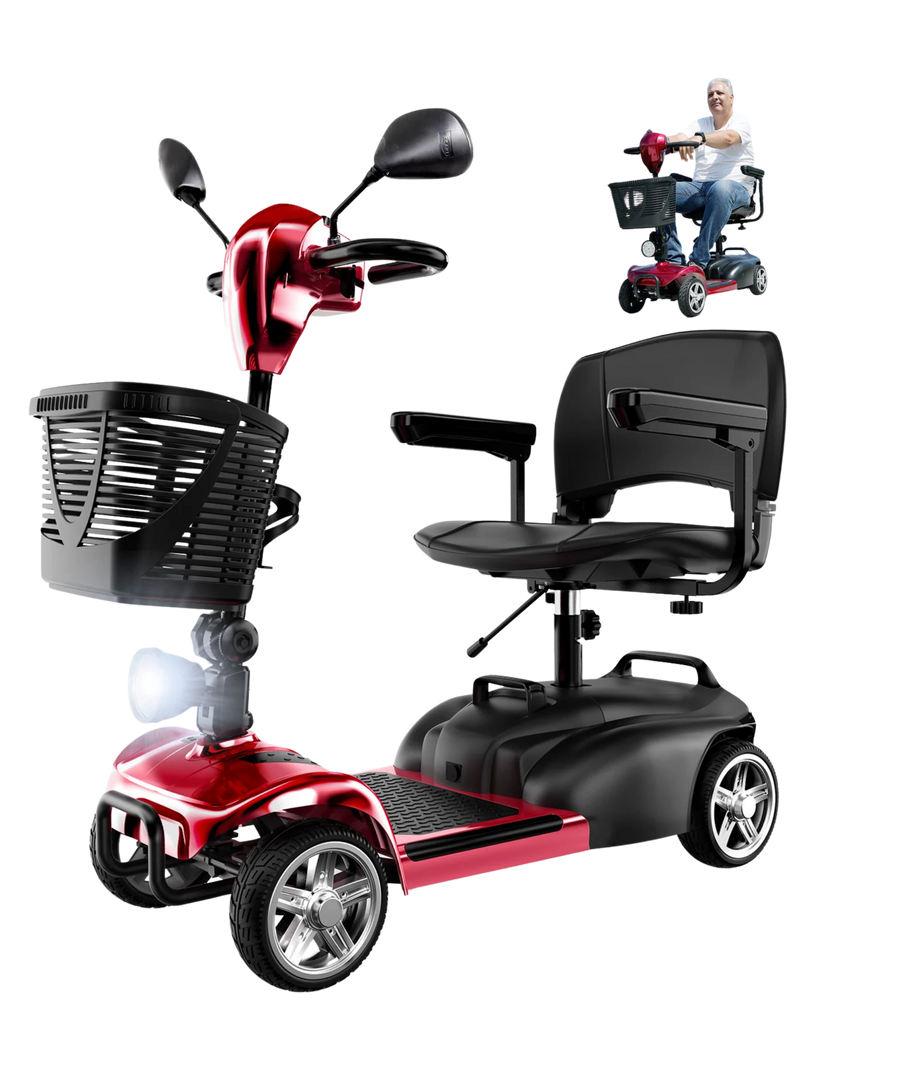
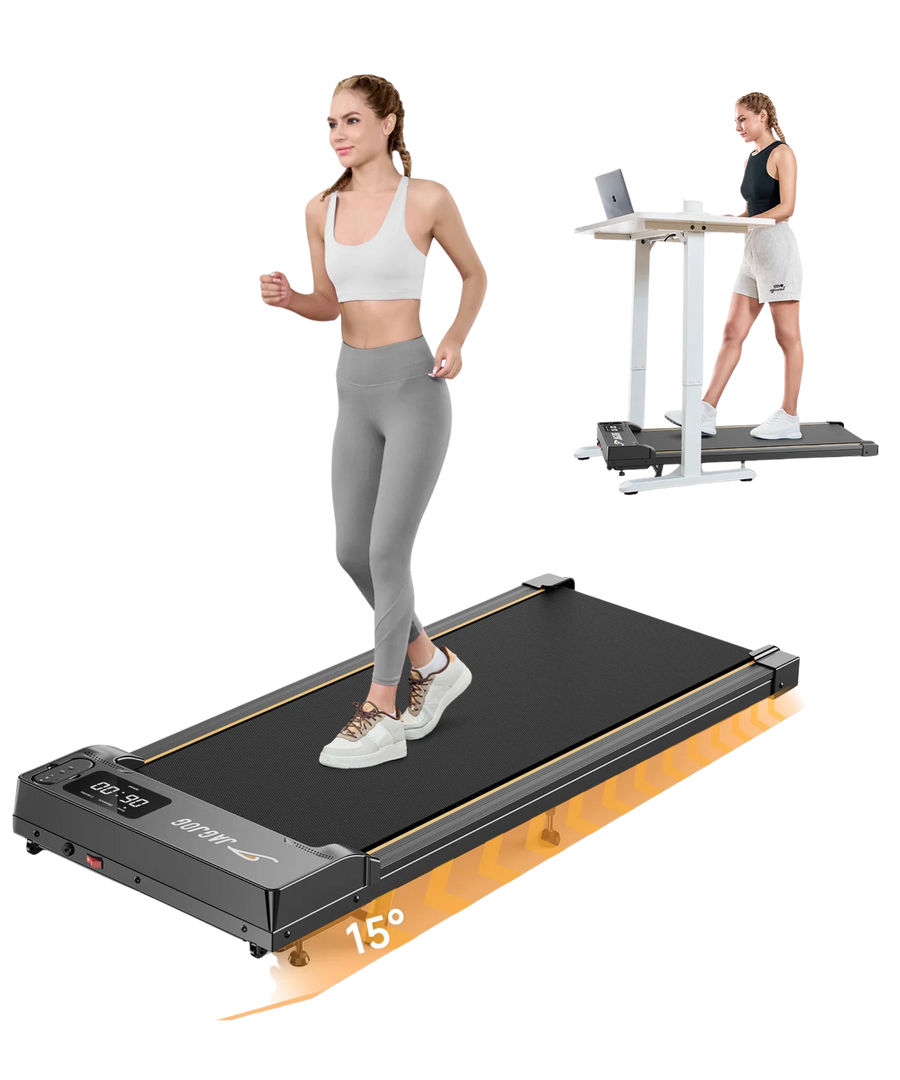

























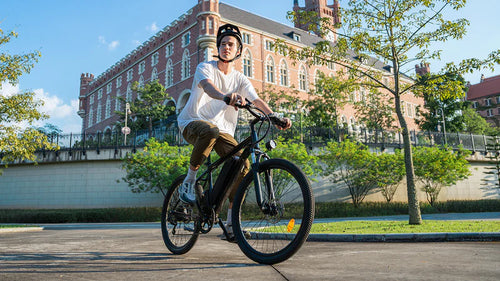
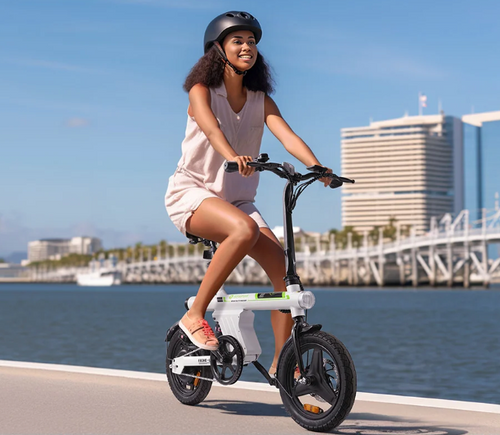


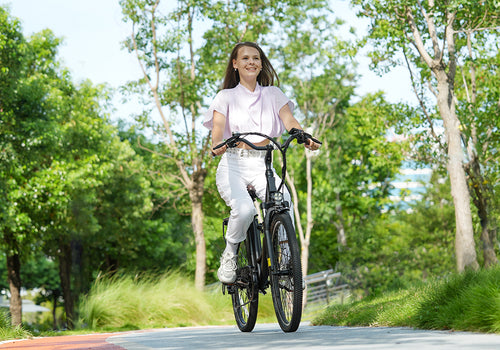
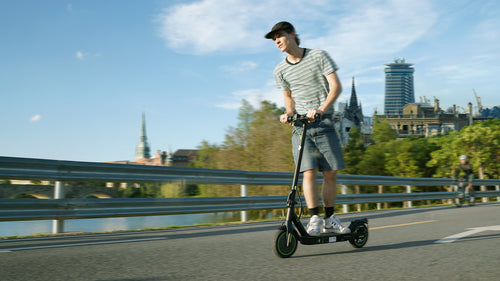


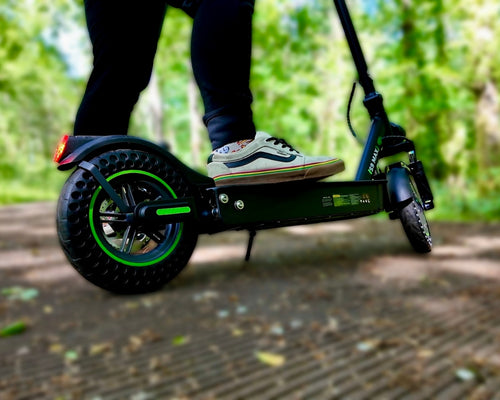
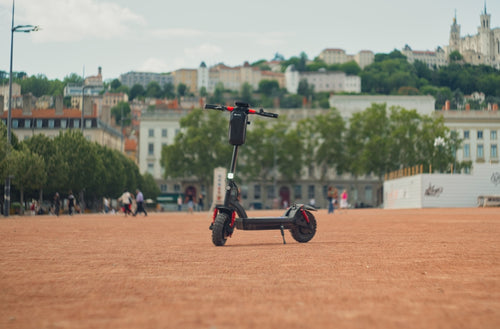
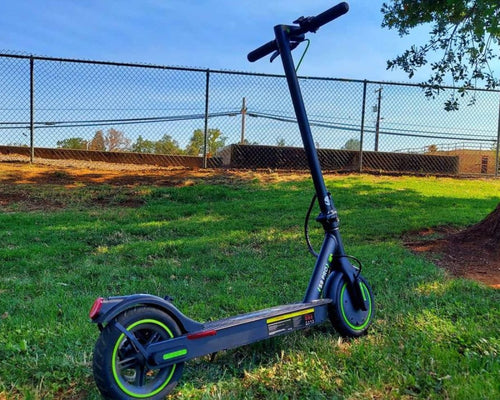





Leave a comment